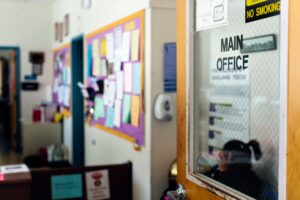January 24, 2022
How Congress can help students learning English
Report says Congress should triple federal funding for English learners and increase grants for bilingual teacher training and preschool.

Black teachers: How to recruit them and make them stay

Lessons in higher education: What California can learn

Keeping California public university options open

Superintendents: Well-paid and walking away

The debt to degree connection

College in prison: How earning a degree can lead to a new life